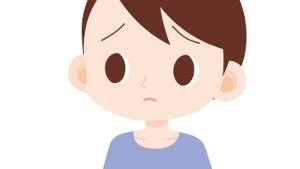A series of articles by Jeffrey Pella.

Behavioral Inhibition and Child Anxiety
Behavioral inhibition is defined as a trait characterized by shy, withdrawn, uneasy, vigilant, and restrained behavior.

Behavioral Inhibition and Child Anxiety #2
Infants classified with behavioral inhibition continue to exhibit anxious and reserved behavior throughout childhood and into adolescence.

Behavioral Inhibition and Child Anxiety #3 Retrospective Studies
Features of Behavioral Inhibition mirror the symptoms of social anxiety and the relationship between the two has been examined empirically.

Behavioral Inhibition and Child Anxiety #4
Research has shown that psychosocial factors generally associated with anxiety are not associated with Behavioral Inhibition.

Behavioral Inhibition and Child Anxiety #5
After discussing background, retrospective, cross-sectional and longitudinal studies of behavioral inhibition, let's summarize the findings.

Bambini piccoli e attesa: a che età imparano?
Un recente studio condotto da un team polacco, ha indagato quanto e come i bambini riescono a resistere alla tentazione di un marshmallow, andando oltre ciò che aveva scoperto Walter Mischel


